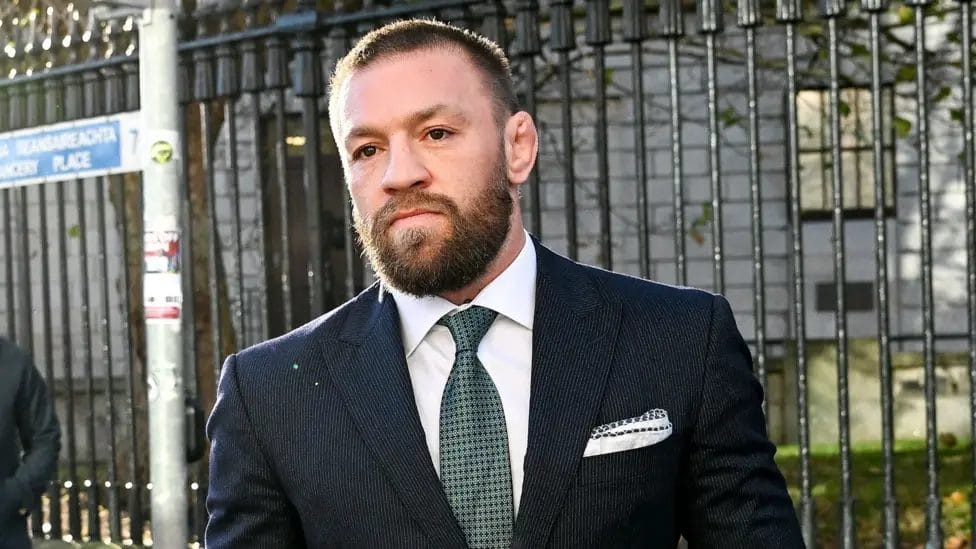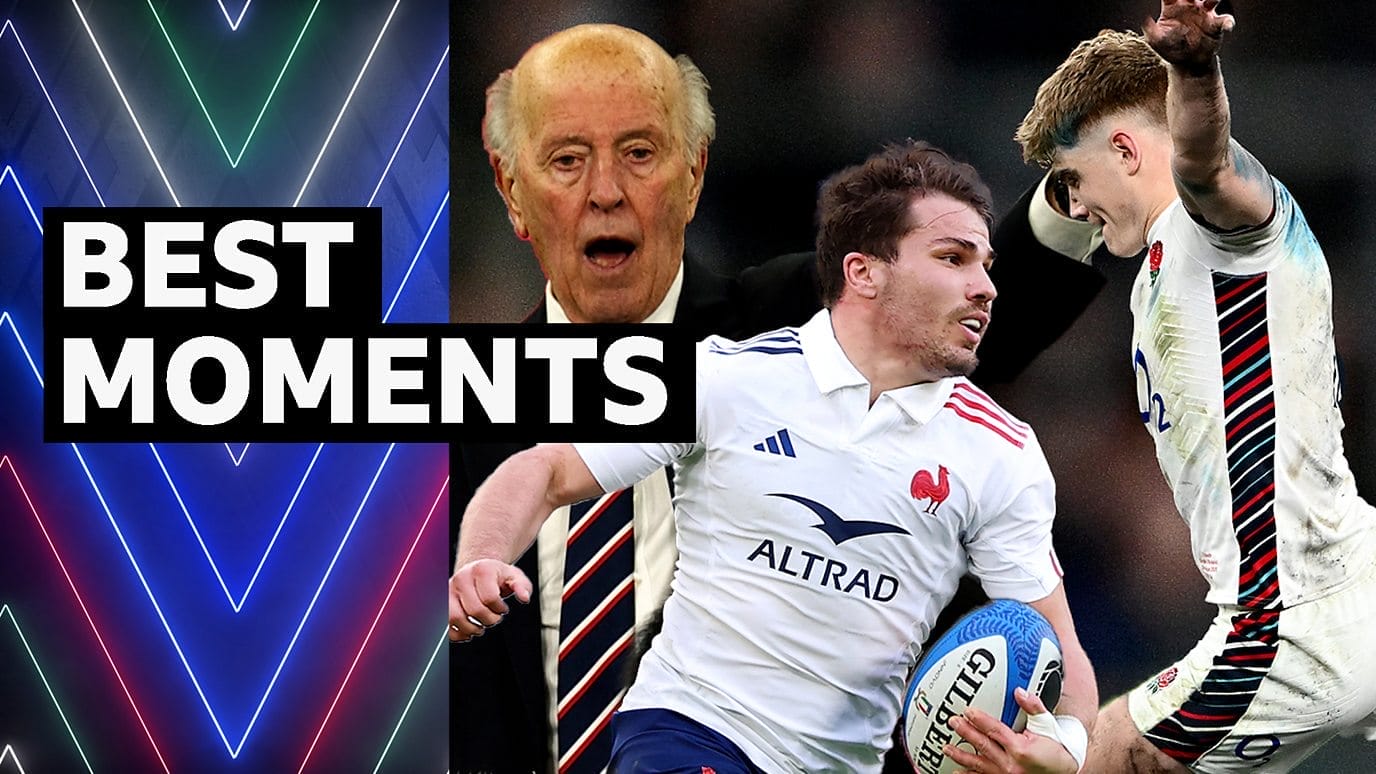
Football fashion has evolved from practical match-day attire to a platform for self-expression and celebrity culture. As the sport’s influence on the global stage has grown, so too has its impact on fashion, with players becoming key style figures over the years. Here’s a look at how football fashion has transformed from the 1980s to the 2020s.
1980s: The Rise of Football Casuals

The 1980s saw the emergence of football casuals, marking a shift from simple match-day gear to a more style-conscious look. Football fans began experimenting with premium, stylish pieces, influenced by European fashion trends, particularly from Italy and Germany. Players and fans alike embraced the bold, vibrant fashion of the era. Iconic items like the adidas Gazelles became a staple, and players such as Diego Maradona led the charge, embodying the decade’s bright and athletic style both on and off the pitch. Maradona, in particular, became a fashion icon, with his relaxed yet fashionable outfits making a lasting impression.

1990s: The Golden Age of Football Fashion

The 1990s marked the peak of football fashion, with players increasingly seen as celebrities both on and off the pitch. David Beckham became the poster child for this era, with his high-profile relationship with Victoria Beckham catapulting him into the mainstream fashion world. Football shirts evolved from simple sportswear to key fashion statements, often paired with jeans and worn casually outside the stadium. Bold logos and designs became prominent, and footballers leveraged their status to influence trends, creating a cultural shift that transcended the sport. The 1990s also saw the rise of the Spice Boys at Liverpool, and the Euro ’96 tournament helped spark a national football revival in England.

2000s: The Influence of Hip-Hop and Streetwear

The 2000s saw footballers like Cristiano Ronaldo follow in Beckham’s footsteps, partnering with major fashion brands like Dolce & Gabbana and Calvin Klein. Footballers became regular faces in fashion magazines and advertisements, marking the crossover between sport and luxury fashion. Hip-hop culture also influenced football fashion, with low-rise jeans, oversized hoodies, and trainers becoming key elements of the early 2000s look. This period also saw a resurgence of retro designs, with brands like adidas, Nike, and Umbro bringing back iconic vintage kits. The influence of football on street fashion continued to grow as fans embraced sportswear as everyday attire.
2010s: Social Media and a New Era of Football Style

The 2010s marked a turning point for football fashion, with players finally breaking free from the stigma of being “unfashionable” athletes. Social media allowed players to share their personal style and connect with brands like never before. Players like Héctor Bellerín showcased their fashion sense at major events like Fashion Week, bridging the gap between sport and high fashion. Nike and adidas started creating bespoke apparel, working with athletes to design exclusive collections. Kits also underwent significant changes, with lighter, more breathable materials replacing the heavy shirts of the past. This era saw footballers become an integral part of celebrity culture, influencing fashion both on and off the pitch.

2020s: Football Meets High Fashion

The 2020s have seen football and fashion become almost inseparable. Players now strut down the red carpet at high-profile events and are featured in campaigns for luxury brands like Louis Vuitton. Stars such as Declan Rice and Jules Koundé have become regulars at fashion events, showing off their sleek, sophisticated styles. Teams compete to dress their players in the latest luxury garments, with the fashion choices of players often dominating headlines. Football collaborations with brands continue to grow, and players are fully aware of the power of their influence, using it to elevate both their careers and personal brand.
As the decade progresses, it’s clear that the line between football and fashion will continue to blur. With the sport’s global reach and players’ ever-expanding influence, football fashion is more important than ever and who knows what the future holds for this dynamic fusion of style and sport.









